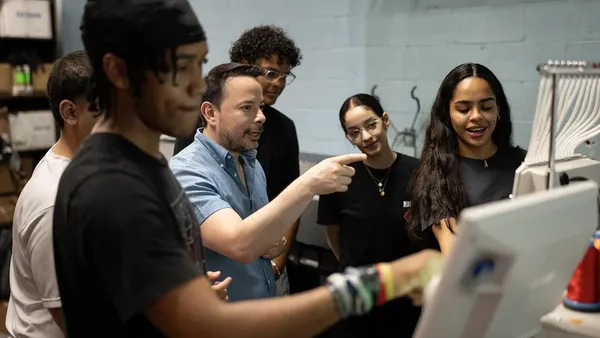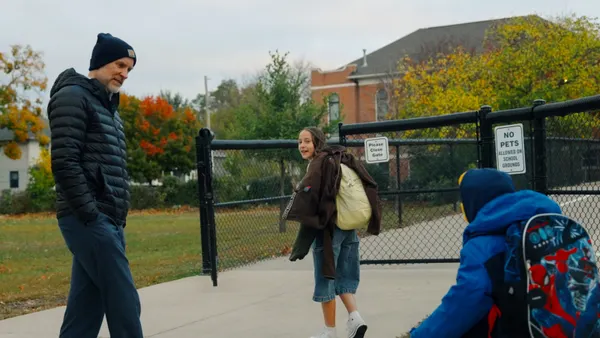Dive Brief:
- Adding advisory session blocks into a school day requires some direction and training to ensure the time is spent meaningfully, wrote Education Week. It's crucial to create them with students in mind, and with a clear goal.
- For example, at Wayland Middle School in Massachusetts, advisories are 40 minutes long, and students are given some ownership over the topics that are covered as well as events, such as birthday party celebrations.
- Social-emotional learning (SEL) skills are sometimes woven into advisories, as well. At times teachers may feel they’re not prepared to teach these tools, and parents may not appreciate the value of SEL lessons. But administrators can explain to parents why these skills can help children be successful and assure teachers they’re not taking the place of a trained counselor, but providing another avenue of support.
Dive Insight:
Advisory sessions, often times built into the school day, give students contact with counselors and advisors, but also their peers. While they’re often able to talk about matters relating to classes, schedules and educational choices, these sessions also provide a way to work through social and emotional questions students may be facing.
When chief academic officers and other district leaders build these programs into the curriculum, that sends a message to teachers and students that reaching out for support is as crucial to their educational success as academics. Advisories, too, are a way for students to learn how to connect with trusted adults, helpful for them when they go to college and need to work with advisors within their major, or with a manager at a future place of work.
Advisory programs can also help students build a sense of community, according to the Association for Middle Level Education (AMLE), while also fostering “open communication,” they wrote. Communication is clearly one of the cornerstones of SEL, as noted by the Collaborative for Academic, Social and Emotional Learning. Having a place in the school day where students can learn and practice these skills can help embed these tools more deeply.
“Advisory programs offer the structure to meet students' developmental needs, because it is the one place in school where students are intimately known as a ‘whole child,’” wrote AMLE. “Advisory programs have the potential to ensure that every child has a meaningful relationship with an adult and belongs to a community of peers.”









